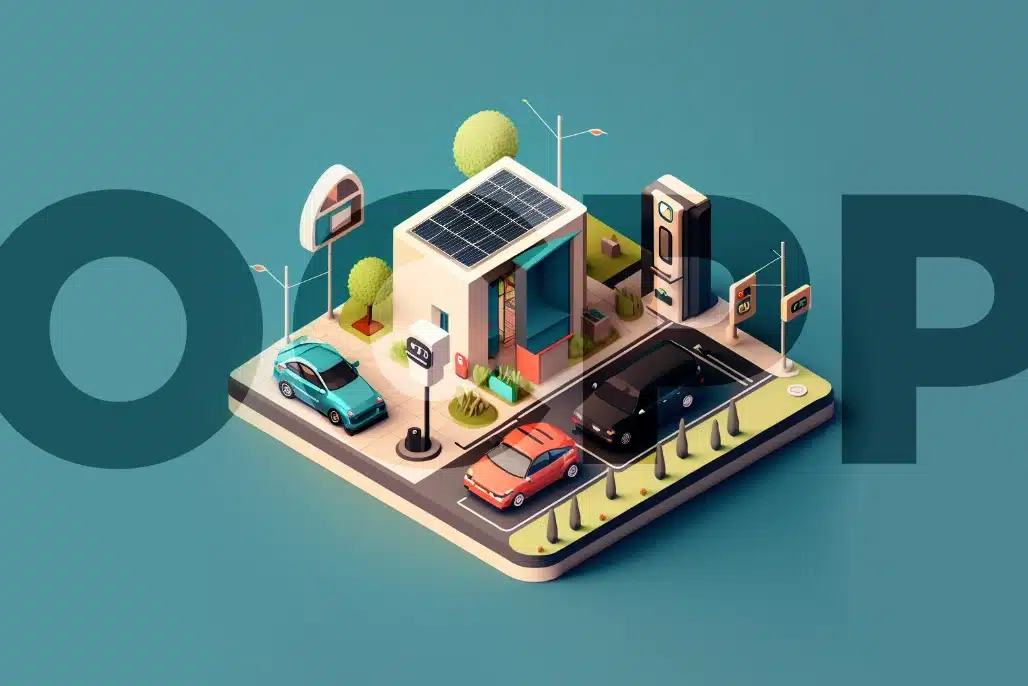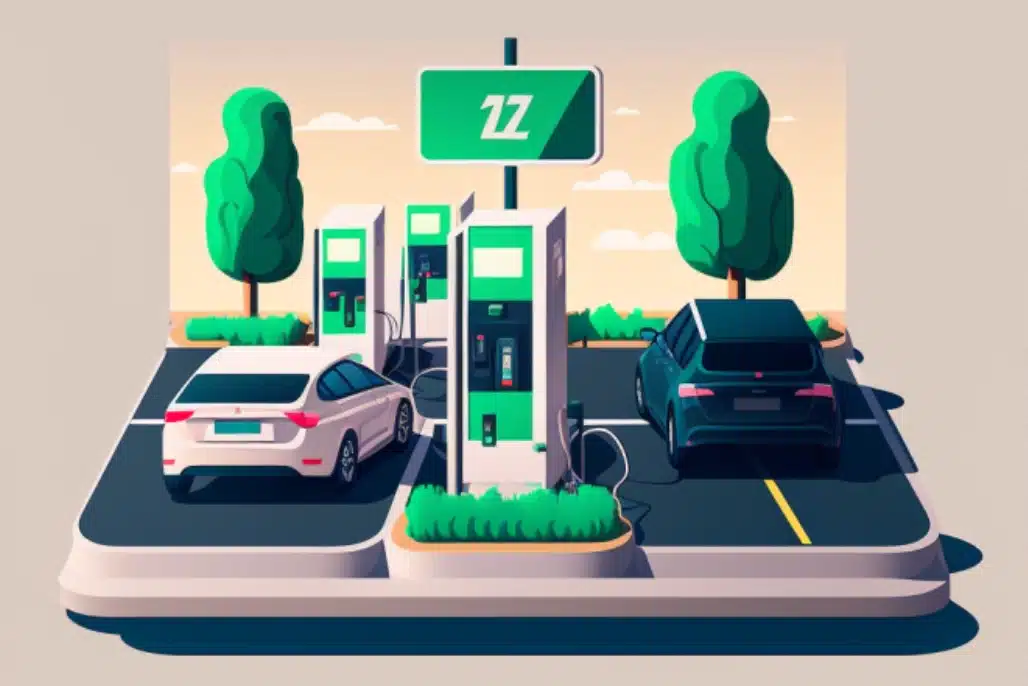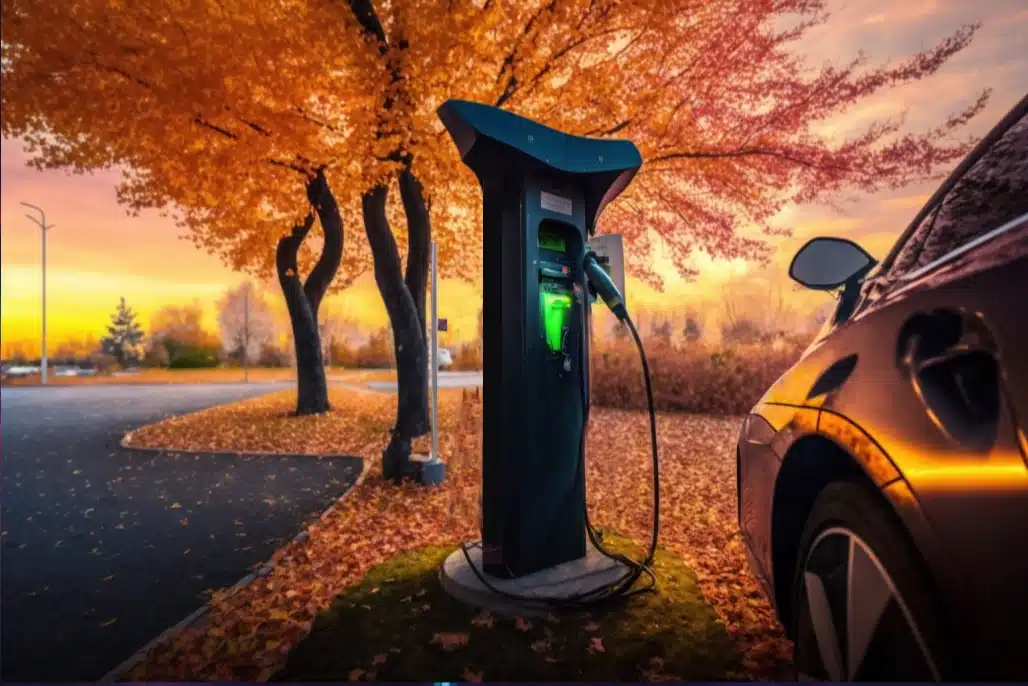
To that end, not only will there be an enormous increase in the amount of electricity required to be generated but there will also be a new and vital need to distribute that electricity effectively in both geographical and, surprisingly, temporal terms.
Currently most EV owners charge their vehicles at home, installing their own charging points often with subsidies from various government driven initiatives or sustainable energy authorities. However, as uptake increases, many people will either be unable to install their own charging points for various reasons including lack of suitable car parking / access for those without driveways or living in apartments, or commonly, the inability to physically alter rental properties.
For those people, along with many others making increasingly longer journeys, the public charging infrastructure is something upon which they will come to rely even more heavily.
Let’s not even mention range anxiety, something which the entire EV industry is constantly attempting to alleviate through better battery efficiency and, as I will come to shortly, ever more expansion in public charging locations.
Even now, charging stations are available at many motorway service stations and occasional town centre locations3, but this will be nowhere near enough considering the huge growth that is expected.
Difficulties are already present with incompatible charging methods4 along with different companies publicising their own infrastructure (and omitting others) - but, thankfully, these issues are beginning to coalesce into something like the fossil fuel infrastructure we currently have in place for existing ICE vehicles.
One thing that is not widely appreciated, however, is as mentioned the need to significantly increase both generation capacity and infrastructure.
Generation capacity itself is gradually increasing over time with the advent of new and cheaper sources of renewable energy such as wind, solar, and in time, wave generation. The advent of grid-scale storage solutions will go a long way toward regulating what can sometimes be intermittent supply from some renewable generation methods as will geographical distribution of the generators themselves. After all, it’s usually windy somewhere - especially in Ireland!
Geographical Grid Issues
However, the electrical distribution grid itself, the thousands of miles of wires and hundreds of electrical substations that distribute power across nations are not so easily expanded and take extensive time, and extensive funds, both in the planning and building out processes.
To enable a more widespread and capable charging infrastructure requires significant capital investment in getting that power to where it needs to be.
Most EV charging locations tend to be distributed along main arterial routes between towns and cities. This is to ensure that longer range journeys are possible, but also offer a respite from long hours of driving much in the same way as the original motorway service stations did.
Unfortunately these locations also tend to be in rural areas to which the electricity supply tends to be inadequate for the huge potential demand for electricity created by many EVs charging at once.
Indeed, somewhat counter-intuitively, this can also be the case in city and town centre locations. Already some petrol forecourts are installing rapid EV chargers which you may think, at first sight, is an excellent initiative. Unfortunately their installation is again limited by the available electrical power supplied to the particular geographic area.
It may be easier in terms of supplying more power to a rural location by upgrading existing infrastructure such as wiring via high tension cables and building more substations than it is to upgrade town centre infrastructure where the wiring tends to be underground and therefore somewhat more inaccessible.
Additionally, upgrading substations in built up locations can involve significant problems both in terms of planning, building, and any outages associated with the densely populated areas.
Intelligent Software Solutions
To alleviate such issues the owners of EV charging networks are beginning to develop and use intelligent event driven software to manage their power usage more efficiently in order to circumvent such issues until they can be physically resolved.
Such systems enable detailed profiling of such data as usage patterns (time of day, day of week), maximum demand per car (in kW), and particularly how long car drivers are willing to wait for a certain percentage of charge in their vehicles!
It’s a careful balancing act between distributing the power available most effectively to keep car users happy, and returning, and how long a user has to wait to recharge their EV.
…
[1]: Ireland to ban new petrol and diesel vehicles from 2030 [2]: UK Government takes historic step towards net-zero with end of sale of new petrol and diesel cars by 2030[3]: ESB Charge Point Map (Ireland)
[4]: EV Plug Types - Interchangers.com








